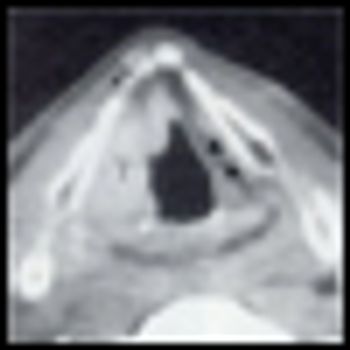
A series of promising new advances have emerged in H&N oncology in recent years. Among these are the advancement of highly conformal radiation delivery techniques (e.g. IMRT, protons); the successful introduction of molecular targeted therapies (e.g. cetuximab); the recognition of HPV as a powerful prognostic biomarker; and the development of minimally invasive surgical techniques. The application of transoral robotic surgery (TORS) in H&N cancer is reviewed by Bhayani et al in this issue of ONCOLOGY[1].


















































































